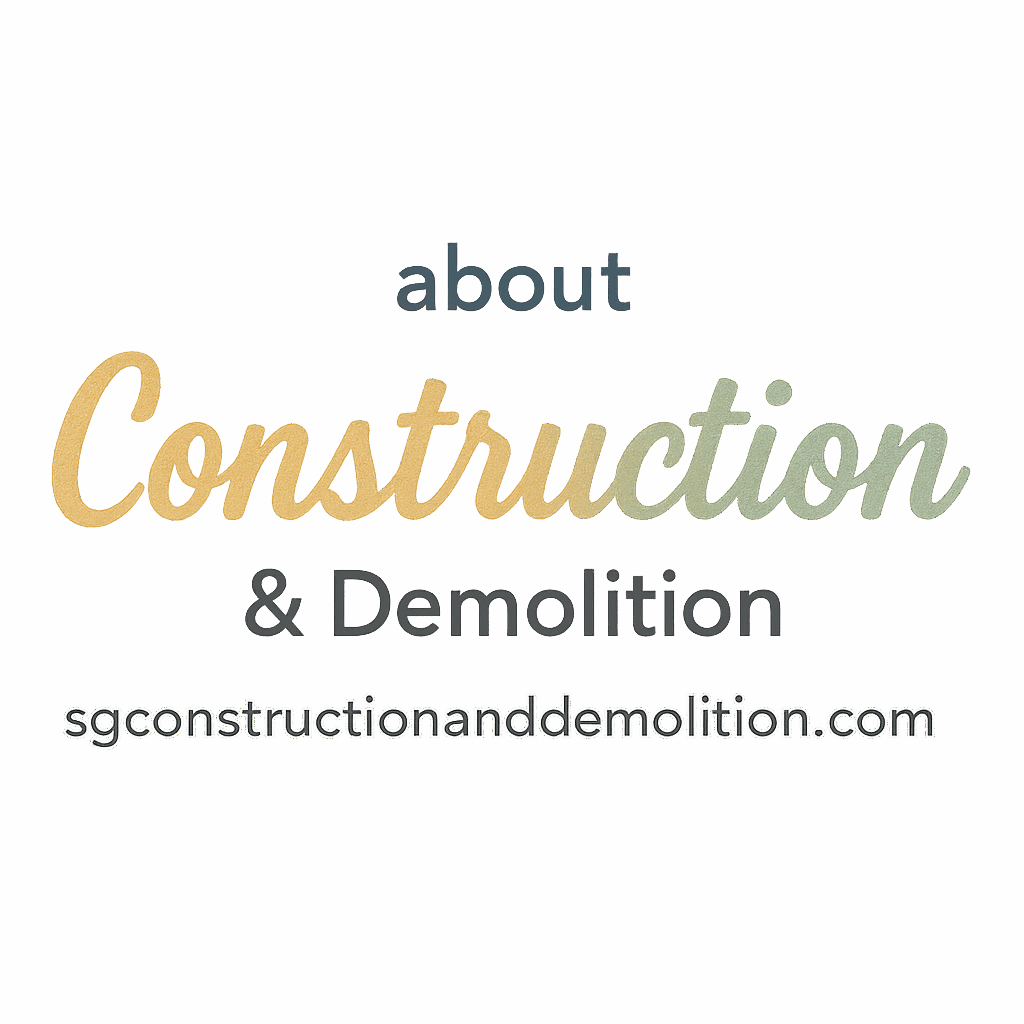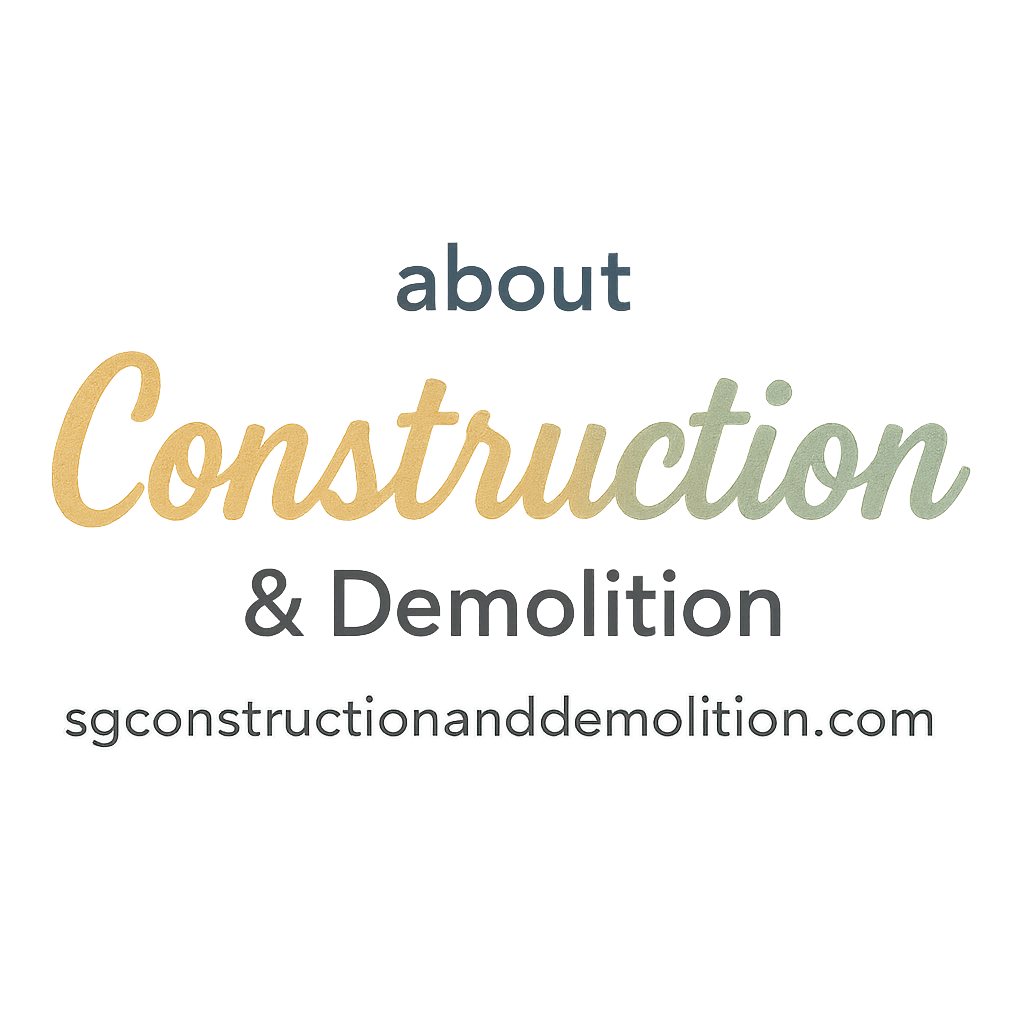Introduction to Construction Safety Plans
Let’s face it — construction is risky business. From towering scaffolds to powerful tools, the jobsite is full of hazards. That’s where a construction safety plan comes in. Think of it as your safety playbook — a detailed strategy to keep everyone on site secure, prepared, and informed.
Whether you’re a seasoned project manager or just starting out in the industry, having a solid construction safety plan is non-negotiable. In this article, we’ll explore the 10 crucial elements your plan absolutely must include.
Why a Construction Safety Plan Is Non-Negotiable
Before we jump into the checklist, let’s talk about why this even matters.
Legal Requirements and Industry Standards
Government regulations aren’t just red tape — they’re lifesavers. Agencies like OSHA enforce strict guidelines that every jobsite must follow. A well-crafted safety plan helps ensure compliance, keeping hefty fines and shutdowns at bay.
Explore more on Planning and Safety to understand industry-standard frameworks.
Reputation and Workforce Protection
Safety plans aren’t just about avoiding lawsuits. They’re about protecting your team, building trust with clients, and avoiding costly accidents that delay your timeline.
1. Site-Specific Risk Assessment
Every construction site has its own quirks. That’s why a blanket safety plan won’t cut it.
Identifying Hazards Before Work Begins
Start by conducting a site-specific risk assessment. Walk through the jobsite, identify risks, and evaluate how each task could pose a hazard. This isn’t guesswork — it’s proactive problem-solving.
Common Construction Site Hazards
- Falling objects
- Electrical lines
- Confined spaces
- Unstable ground
For a deep dive into Demolition Techniques where risks can be even more unpredictable, be sure to tailor your assessment accordingly.
2. Emergency Response Plan
Accidents can happen even with the best planning. The difference? How you respond.
What to Do When Things Go Wrong
Include a clearly defined emergency response plan. Everyone on site should know what to do in case of:
Fire, Medical, and Natural Disaster Protocols
- Fire: Evacuation routes, extinguisher locations
- Medical: First-aid kits, nearest hospital contact
- Weather: Shelter-in-place or evacuation strategy
Assign specific team members to coordinate the response. Make sure their contact info is posted prominently on site.
3. Personal Protective Equipment (PPE) Policy
This one’s simple: no PPE, no work.
The Gear That Keeps Everyone Safe
Your plan should clearly outline the required PPE for each job. This includes:
- Hard hats
- Safety glasses
- High-visibility vests
- Steel-toe boots
- Hearing protection
Enforcing PPE Use on Site
Make compliance mandatory. Build it into your site rules and disciplinary procedures. Need help choosing the right gear? Check out the Tools and Equipment Guide.

4. Safety Training Requirements
People can’t follow what they don’t understand.
Training the Crew for Every Situation
Your plan should specify the training each worker needs before stepping onto the site.
Ongoing vs Initial Safety Training
- Initial: Site orientation, hazard communication
- Ongoing: Weekly toolbox talks, annual refreshers
Don’t forget to include specialty training like working at heights or confined space entry. New to this? Start with Construction Basics.
5. Roles and Responsibilities
Clarity Prevents Confusion in a Crisis
Your safety plan should outline who’s in charge of what. This helps prevent the classic “I thought someone else was handling it” scenario.
- Site supervisor: Daily safety oversight
- Safety officer: Compliance and audits
- Workers: Report hazards and wear PPE
This hierarchy creates accountability from the top down.
6. Equipment and Tool Safety
Let’s not sugarcoat it — tools can be deadly if misused.
Machines Shouldn’t Be a Mystery
Outline procedures for safe tool and machinery use. This includes:
Inspections, Maintenance & Training
- Daily pre-use checks
- Lockout/tagout rules
- Authorized personnel only
Check out trending Power Tools and their safe use under this section.
Also, this tag on equipment covers innovations that reduce risk.
7. Site Access Control and Security
You wouldn’t leave your front door unlocked — don’t leave your site wide open either.
Who’s Allowed Where, and When?
Include site access zones, security fencing, and sign-in/out logs in your safety plan. Consider:
- ID badges for workers
- Visitor escorts
- Surveillance cameras
Smart site security is a growing innovation trend worth implementing.
8. Communication Plan
A great plan means nothing if nobody knows about it.
Keeping Everyone in the Loop
Establish a communication protocol for safety updates and emergency instructions.
Radios, Signage & Digital Alerts
- Handheld radios for instant communication
- Safety signage in multiple languages
- Mobile app alerts for weather or safety notices
Stay in tune with smart-tech options to modernize your system.
9. Waste Management and Housekeeping
Yep, even trash is a safety issue.
A Clean Site Is a Safe Site
Your plan should include steps for:
- Regular debris removal
- Proper tool storage
- Walkway clearance
Check this with Green Smart Trends for sustainable safety improvements.
10. Continuous Improvement and Reporting
What happens after an incident is just as important as preventing it.
Learning from Near-Misses and Incidents
Encourage reporting of:
- Hazards
- Injuries
- Near-misses
Then analyze them. What went wrong? What could be improved? Create a feedback loop that leads to smarter, safer sites.
Tag topics like project management, steps, and methods to stay on track.
Conclusion
Creating a comprehensive construction safety plan isn’t just a checkbox for compliance — it’s your frontline defense against chaos on the jobsite. From emergency procedures to equipment safety and continuous learning, each element plays a critical role in keeping everyone safe.
Make your plan actionable, readable, and site-specific. And hey, if it’s been a while since you reviewed it, now’s the time. Stay safe, stay smart.
For more hands-on tips, explore Construction & Demolition Insights.
FAQs
1. What is the purpose of a construction safety plan?
To protect workers, ensure regulatory compliance, and prevent costly accidents.
2. How often should the safety plan be updated?
At least annually, or after any major incident or site change.
3. Who is responsible for enforcing the safety plan?
Typically, the site supervisor and safety officer, but every worker plays a part.
4. Is safety training required for all workers?
Yes, including general orientation and specific hazard-based training.
5. What PPE is mandatory on most construction sites?
Hard hats, gloves, eye protection, high-vis clothing, and steel-toe boots.
6. What should be included in emergency procedures?
Evacuation plans, first-aid response, emergency contacts, and nearby medical facilities.
7. Can technology improve safety communication?
Absolutely. Mobile alerts, digital signage, and smart gear enhance real-time safety updates.


